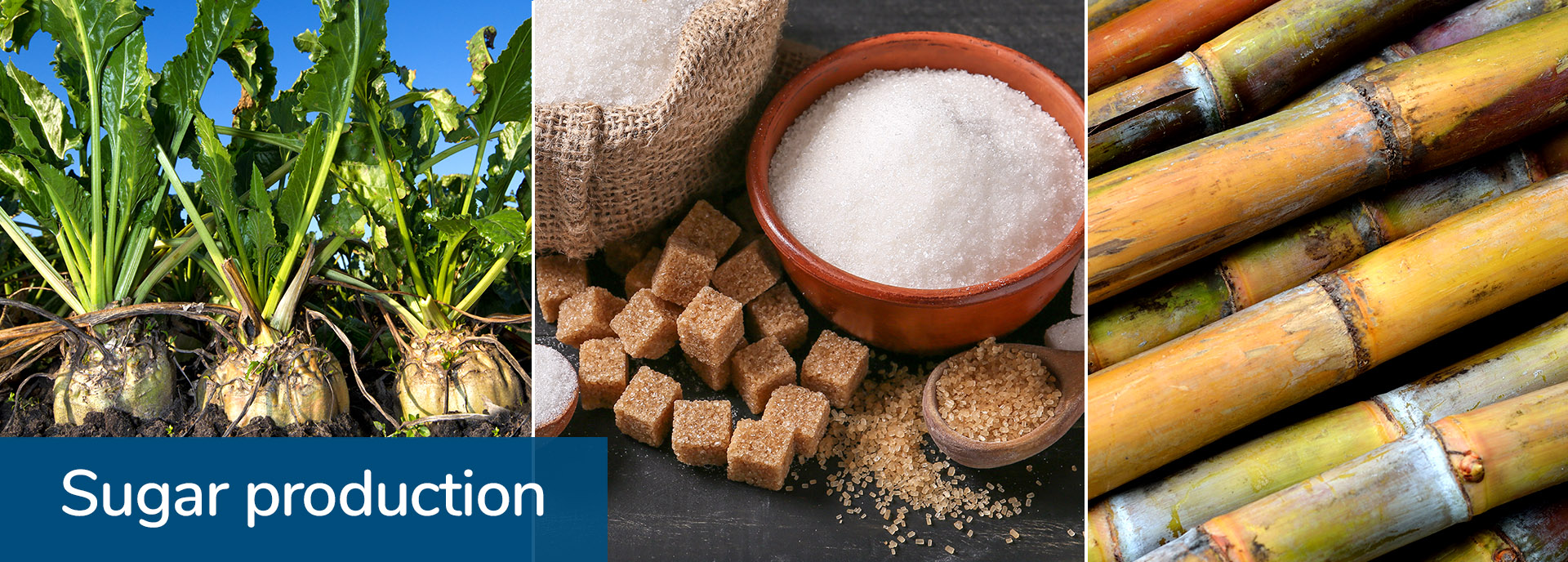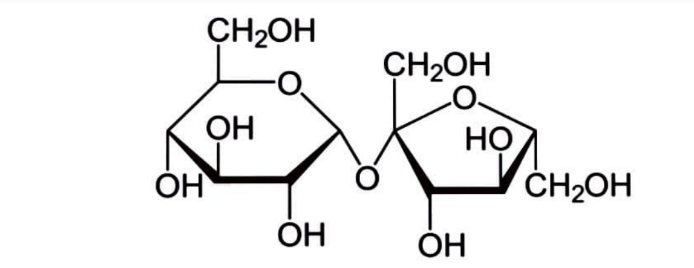Checking Out the Versatile Use Sugar Cane Beyond Sweeteners
Sugar Cane is often linked entirely with sweeteners, yet its applications expand much past. This flexible crop plays a crucial function in different industries, consisting of bioplastics and biofuels. Additionally, its fibers add to lasting building and fabrics. The financial effects of sugar Cane production further highlight its value. As technologies proceed to emerge, the capacity of sugar Cane to drive financial and eco-friendly innovations ends up being progressively obvious. What various other surprises does this durable plant hold?
The Duty of Sugar Cane in Biofuels
As nations seek sustainable energy resources, sugar Cane has emerged as a vital player in the biofuels field. This tropical plant is rich in sucrose, which can be fermented to produce ethanol, a renewable fuel alternative to fossil fuels. The growing of sugar Cane for biofuel manufacturing not only decreases greenhouse gas discharges however additionally contributes to energy security, especially in sugar-producing nations.
Moreover, sugar cane-derived ethanol can be mixed with gas, boosting its octane rating and reducing reliance on non-renewable sources. The results of sugar Cane handling, such as bagasse, are beneficial for creating electricity, making the whole manufacturing cycle energy-efficient.
Research study proceeds to explore innovative techniques for maximizing energy return from sugar walking cane, strengthening its function in the change to cleaner energy solutions. As global need for lasting fuels rises, sugar Cane stands apart as an integral part of the biofuel market.
Sugar Cane as a Source of Bioplastics
The environmental impacts of plastic air pollution are progressively worrying, sugar Cane provides a promising option as a resource of bioplastics. Originated from renewable energies, bioplastics made from sugar Cane can considerably decrease dependence on petroleum-based plastics. These bioplastics are produced with the fermentation of sugars extracted from the walking stick, causing products that can be biodegradable or compostable, depending upon their formula.
The use of sugar Cane bioplastics not just decreases carbon exhausts however additionally promotes sustainable agricultural techniques. By utilizing agricultural waste and by-products, the total environmental footprint of manufacturing is minimized. Furthermore, items made from sugar Cane bioplastics can perfectly incorporate right into existing waste management systems, resolving concerns about waste build-up.
As sectors look for lasting solutions, sugar cane-based bioplastics represent a feasible alternative that aligns with worldwide efforts to fight plastic air pollution and cultivate a round economic situation.
Medicinal Applications of Sugar Cane
Sugar Cane is acknowledged for its antioxidant homes, which add to various health and wellness advantages. Furthermore, it has been made use of in traditional treatments across cultures, highlighting its importance in all-natural medicine. These characteristics highlight the potential of sugar Cane in the area of medicinal applications.
Antioxidant Properties of Walking Cane
Various research studies have exposed that sugar Cane has considerable antioxidant residential properties, making it an important part in medical applications. The phenolic compounds located in sugar cane, such as flavonoids and phenolic acids, add to its ability to reduce the effects of cost-free radicals, therefore decreasing oxidative stress in the body. This antioxidant activity is connected to numerous health and wellness advantages, including improved cardiovascular health and improved immune function. Additionally, sugar Cane extracts have actually been revealed to show anti-inflammatory impacts, which can further support general health and wellness. By combating oxidative damages, sugar Cane may play a role in the prevention of persistent diseases, making it an interesting topic of study for its possible therapeutic uses in contemporary medicine.
Typical Solutions and Makes Use Of
While modern medicine usually relies upon synthetic compounds, conventional treatments utilizing sugar Cane emphasize its longstanding significance in numerous societies. In several tropical regions, sugar Cane juice has actually been made use of as an all-natural treatment for conditions such as dehydration and digestive problems. Its high water content and vital nutrients make it a popular treatment for urinary system tract infections and kidney rocks. Furthermore, sugar Cane is believed to possess anti-inflammatory properties, aiding in the alleviation of breathing conditions and aching throats. Individual medication typically incorporates sugar Cane in concoctions to increase energy and boost general well-being. These old-time methods underscore the flexibility of sugar walking stick, extending its value past sweet taste to encompass wellness and health applications.
Eco-Friendly Building Materials From Sugar Walking Stick
Sugar walking stick, commonly recognized for its pleasant return, is acquiring focus as a source of environment-friendly building products. These materials offer lasting structure services, featuring eco-friendly compounds that decrease environmental influence. Additionally, sugar cane-derived products provide effective insulation residential properties, improving energy efficiency in frameworks.
Lasting Structure Solutions
As the worldwide need for lasting building materials increases, ingenious remedies stemmed from sugar Cane have become a feasible option. This eco-friendly resource presents numerous applications in environment-friendly structure remedies, particularly through its spin-offs. Sugar Cane fibers, known for their toughness and toughness, can be made use of in creating insulation materials and composite panels. In addition, the juice and molasses from sugar Cane can be refined into bio-based adhesives, minimizing dependence on petroleum-based products. The usage of sugar Cane not just decreases waste but additionally adds to decrease carbon emissions throughout production. Incorporating these materials right into building practices supports the circular economy, promoting sustainability while resolving the pushing ecological challenges faced by the building industry.
Biodegradable Compound Products
Eco-friendly composite products have gathered interest as lasting options in construction, particularly those stemmed from sugar walking stick. These products use the fibrous results of sugar walking cane, such as bagasse, to produce compounds that are both solid and lightweight. By incorporating these all-natural fibers, manufacturers can create products that lower reliance on non-renewable sources and conventional plastics. The sustainable nature of sugar Cane composites not only minimizes ecological impact but also sustains agricultural economies by providing extra income streams for farmers. Additionally, the biodegradability of these compounds warranties that they do not add to long-term waste in landfills. As the building market seeks greener options, sugar cane-derived composites offer an encouraging path towards more environment-friendly building techniques.

Insulation Properties and Benefits
The insulation residential properties of environmentally friendly construction products stemmed from sugar Cane deal significant advantages in power performance and climate control. Sugar Cane fibers possess natural insulating qualities that help control indoor temperature levels, reducing the need for too much heating or air conditioning. This particular adds to decrease power intake, advertising sustainability in structure practices. Furthermore, making use of sugar Continued cane-based insulation products is beneficial for interior air high quality, as they are less likely to give off unpredictable natural compounds (VOCs) contrasted to standard insulation items. These products are eco-friendly, straightening with eco-conscious building and construction objectives. As the construction market looks for greener choices, sugar cane-derived insulation attracts attention as an appealing remedy that combines performance with environmental responsibility, sustaining both power savings and ecological conservation.
Sugar Cane in the Textile Industry
Although typically forgotten, sugar Cane plays a substantial role in the textile sector, mostly with the manufacturing of sustainable fibers. These fibers, originated from the plant's by-products, are progressively acknowledged for their eco-friendly buildings. Sugar Cane fibers, such as bagasse and sisal, are naturally degradable and long lasting, making them attractive options to traditional artificial fibers.
Their use in textiles promotes sustainability by lowering reliance on petroleum-based materials while also offering an opportunity for waste reduction from sugar production. Additionally, technologies in fabric handling have enabled producers to mix sugar Cane fibers with various other products, boosting the general quality and adaptability of fabrics.
This change towards including sugar Cane in fabrics reflects a wider trend in the industry, intending for environmentally liable practices. As demand for lasting products continues to increase, sugar walking cane's role in fabrics might increase, providing both eco-friendly and financial benefits.
Nutritional Advantages and Pet Feed

In addition, sugar Cane consists of necessary minerals and vitamins that enhance the dietary profile of pet feed, improving immunity and total well-being. Its pleasant taste and palatability make it an appealing feed alternative, encouraging feed consumption among animals. By integrating sugar Cane into their diet regimens, livestock manufacturers can reduce dependence on traditional feed sources, potentially reducing feed prices while preserving animal health and productivity. Sugar Cane arises as a nutritious and sustainable alternative in the field of pet agriculture.
The Economic Effect of Sugar Cane Manufacturing
While numerous agricultural commodities add to neighborhood economies, sugar Cane production stands apart as a result of its significant economic effect throughout numerous areas. This flexible plant not only offers employment possibilities in handling, farming, and circulation yet also supports ancillary industries such as transportation and manufacturing. In countries like Brazil and India, sugar Cane is a vital chauffeur of rural growth, promoting economic stability and improving source of incomes.
The by-products of sugar cane, consisting of ethanol and molasses, better expand revenue streams, creating anonymous added markets and lowering dependence on conventional sugar - What Is Sugar Cane Used For. Furthermore, as global need for renewable resource rises, the role of sugar Cane in biofuel manufacturing is ending up being increasingly prominent, drawing in investments and enhancing neighborhood economic situations. Overall, the economic implications of sugar Cane production are profound, influencing both local work markets and more comprehensive economic patterns in regions reliant on this important plant
Often Asked Questions
Just How Is Sugar Cane Processed Into Biofuels?
The processing of sugar Cane into biofuels involves drawing out juice, fermenting it right into ethanol, and refining the item. This method takes advantage of the plant's all-natural sugars, changing them into sustainable power resources for various applications.
What Are the Environmental Benefits of Making Use Of Sugar Walking Stick?
The ecological advantages of making use of sugar Cane include minimized greenhouse gas exhausts, boosted soil health and wellness via lasting farming practices, and lower reliance on fossil gas, which jointly add to a more environmentally friendly and sustainable agricultural system.

Can Sugar Cane Be Grown in Any Type Of Environment?

Sugar Cane thrives in subtropical and exotic climates, needing warm temperature levels, enough sunlight, and adequate rainfall. Its growth is limited in chillier areas, making it improper for frozen or pleasant climates where frost happens.
What Are the Historical Uses of Sugar Walking Stick?
Historically, sugar Cane served numerous purposes beyond sweetening - What Is Sugar Cane Used For. It was made use of for producing rum, as a source of biofuel, in standard medicine, and for crafting products like paper and molasses, showcasing its varied applications throughout various societies
Just How Does Sugar Cane Effect Resident Economies?
The effect of sugar Cane on regional economic climates is considerable, giving work, increasing farming markets, and cultivating profession. Its growing sustains country source of incomes and stimulates regional markets, adding to overall economic development and neighborhood growth.
The economic implications click this of sugar Cane manufacturing better highlight its value. Acquired from sustainable resources, bioplastics made from sugar Cane can substantially reduce dependence on petroleum-based plastics. Eco-friendly composite products have amassed interest as sustainable options in building, particularly those derived from sugar walking cane. These products use the coarse by-products of sugar walking cane, such as bagasse, to produce composites that are both lightweight and solid. While lots of farming assets contribute to neighborhood economic climates, sugar Cane production stands out due to its significant financial impact throughout various regions.